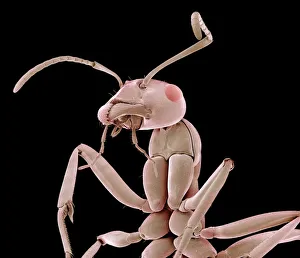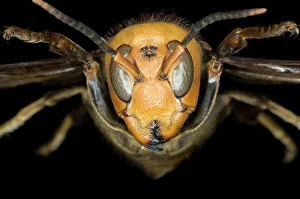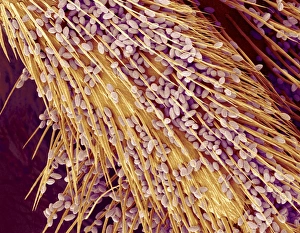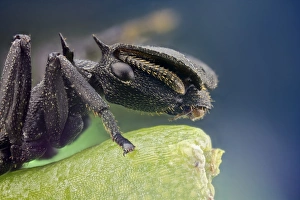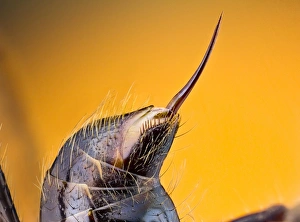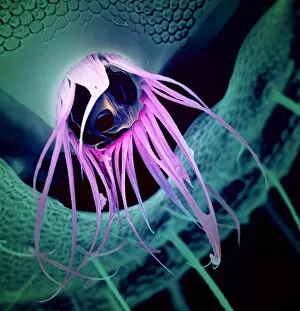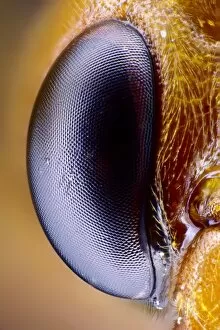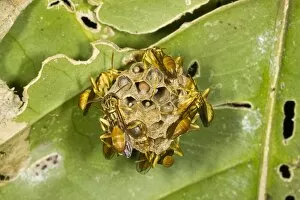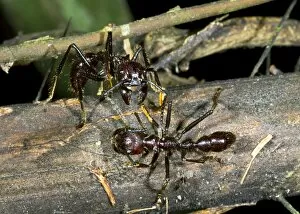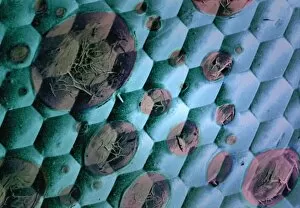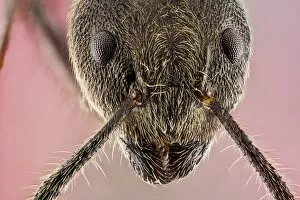Hymenopteran Collection
"Hymenopteran: Unveiling the Intricate World of Ants and Bees" Delving into the fascinating realm of hymenopterans, we uncover a microcosm teeming with intricate wonders
All Professionally Made to Order for Quick Shipping
"Hymenopteran: Unveiling the Intricate World of Ants and Bees" Delving into the fascinating realm of hymenopterans, we uncover a microcosm teeming with intricate wonders. Through scanning electron microscopy (SEM) images, we witness the mesmerizing details that make these creatures so captivating. In one snapshot, an ant scurries along, its tiny body magnified to reveal every minute feature. SEM allows us to explore even further - zooming in on an Asian giant hornet's head showcases its formidable presence. Pollen clings delicately onto a bee's leg under SEM scrutiny, reminding us of their vital role as nature's pollinators. EyeUbiquitous_20108706 captures this moment perfectly, showcasing the beauty and importance of these industrious insects. The compound eye of an ant is another marvel brought to life through SEM imagery (C018 / 0552). Its intricate structure hints at their exceptional visual abilities. Meanwhile, turtle ants (C018 / 2464) showcase their unique physique and behavior that sets them apart from other hymenopterans. But it isn't just their appearance that captivates us; hymenopterans possess remarkable defense mechanisms too. The bullet ant's menacing stinger (C018 / 2441) serves as a reminder of their potency when threatened. Returning our focus to eyes once again (C018 / 2440), we are reminded how crucial vision is for these creatures' survival strategies. Their keen perception helps navigate complex environments while ensuring colony cohesion. Uncapped honeycombs stand as testaments to bees' tireless efforts in constructing elaborate structures where they store nectar and raise future generations. These architectural masterpieces symbolize harmony within colonies and exemplify nature's precision engineering. Amidst this exploration lies Echinacea – a vibrant flower cherished by both humans and hymenopterans alike.

